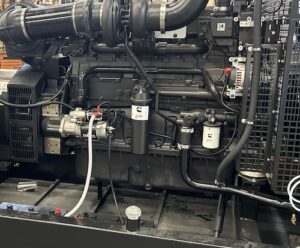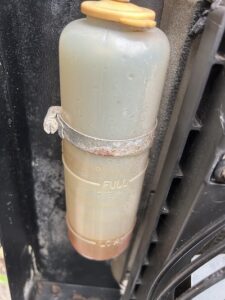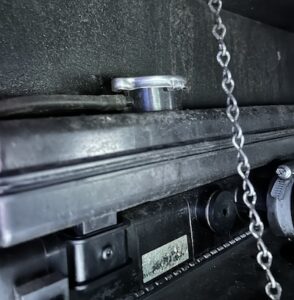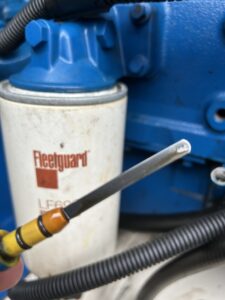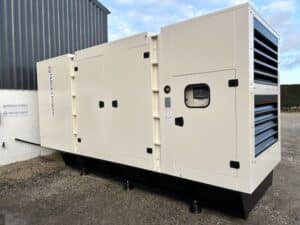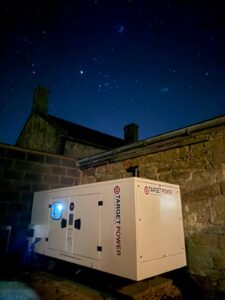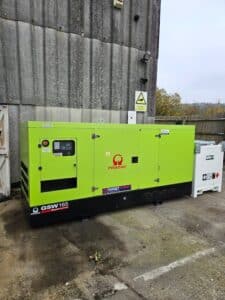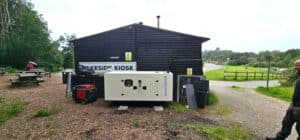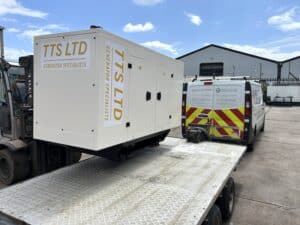Optimising Generator Performance: The Impact of Temperature, Humidity, and Altitude
Generators, like many electrical devices, have ideal conditions where they perform at their peak. Designed to operate even in adverse conditions, understanding the elements that can affect their efficiency is crucial to ensuring their longevity and maximum output.
Environmental Factors: Temperature, Humidity, and Altitude
Two of the primary environmental factors impacting a generator’s ignition and power delivery are temperature and altitude.
Generators require a consistent air supply for efficient combustion. Both diesel and gasoline engines use a mix of air and fuel to ignite. However, elevated temperatures can disturb the generator’s internal air circulation, potentially leading to ignition problems. Without the right amount of air, a generator may struggle to initiate.
The Consequences
A compromised air supply, due to soaring temperatures, makes the engine exert more effort. If oxygen isn’t sufficient for effective combustion, the engine is at risk of overheating. Add high humidity into the mix, and the engine’s workload intensifies, which could lead to a potential shutdown.
Combatting Overheating
Despite environmental challenges, there are ways to optimise generator performance and avert overheating issues.
Generator Location: As stated above generators need a good supply of air flow, for optimal performance. Its particularly important plan the installation location for the generator, considering the surroundings. In our 25 years + in the industry, we have seen generators crammed against walls, doors, hidden in basements with no or little air flow. All these things massively impact the generators air flow and its performance. You should refer to the generator manufacturer and seek clarity on their air flow calculations, to ensure the generator is installed in the correct position. Always seek advise from an expert in generator such as Target Power Generators.
Routine Maintenance: It’s paramount. For any maintenance or repair inquiries, reach out to Target Power Generators. A routine maintenance can eliminate unwanted downtime when you need your generator most. We suggest servicing a continuously run diesel generator every 250 – 500hrs, depending on the application. However for smaller petrol generators, we suggest doing some basic checks such as the oil level, condition of filters after every long period of use. For standby diesel generators, generators which don’t typically run for long periods of time, we suggest to perform a service every 6 months., which could be as simple as a routine check, depending on the application. You can learn more about our generator maintenance services here.
Monitor Fluid Levels: Regularly check the coolant and oil levels. Low levels can exacerbate overheating risks. If there’s a coolant leak or it’s time for an upgrade, take action swiftly. For advise on how to do this you can refer to the OEM manual, or alternatively contact our expert team to seek advise. To aid you further, our director Daniel Arnett has provided some top tips below on how to check the oil and coolant levels.
Coolant Checks – Dependant on the age of the generator, you should be able to see the coolant level on the sight tube on the radiator. There will be little markers stating ‘low level’ or ‘high level’. For modern newer generators, you can also check the coolant level via the generator control module.
You can also do a visual check by unscrewing the radiator cap, and checking the coolant level this way, but this isn’t the most practical way, nor the most accurate. This method should only be actioned if the generator is cool, and has not run.
Most modern generators allow you to view the oil levels via the generator control module, ComAp and Deep Sea Electronics have this function.
You can also check the oil level via the dip stick on the engine, please do this when the engine is cool, the dip stick will have a low level and a high level marker, anywhere in between is fine, if its low, then please top up the oil using the correct oil stated in the engine manufacturers manual. In the event of a high level oil reading, some oil would need to be drained. It would be important to check the engine manufacturers manual on how to do this, or seek an expert for help.

